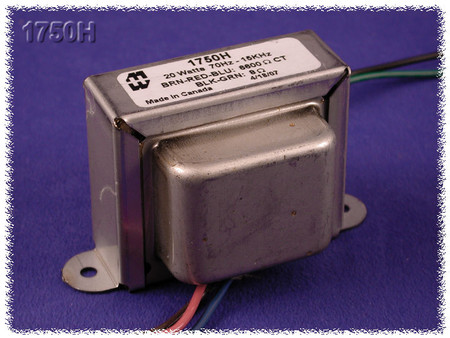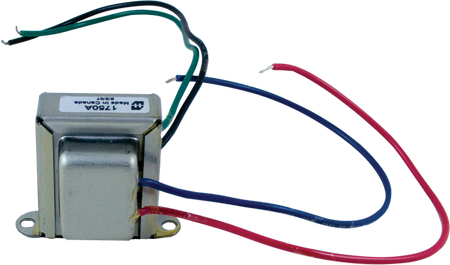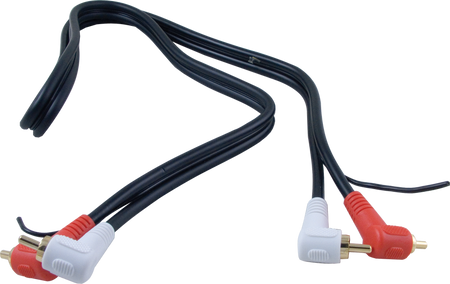Hi all,
I'm experiencing a challenge with a current build. The two primary symptoms I have identified thus far:
1) Channel 2 (Vibrato channel) is acting erratically. When I apply any volume on the pot, I almost immediately get wild hum at fairly high volume. Channel 1 seems pretty good - although there is some high frequency ringing when I apply instrument signal. Both channels are extremely quiet until signal is applied.
2) My voltage reading on Pin 1 of V5 seems to be way out of whack. I believe I should be expecting ~210V but I'm seeing 460V. It is possible that the original high definition drawing is calling for ~270V - can't tell if that is a one or a seven after the 2 - but either way, I don't think I should be seeing 460V. As you can see from the image, it is receiving power B+2 power from the board via the 220K resistor.
![Image]()
My guesses thus far are that there may be a grounding problem so I have double- and triple-checked all ground connections. No issues there. I also tried swapping out tubes (I've gotten as far as V3). I have tested the sweep in the 1meg volume pot and swapped out the shielded cable from the channel 2 jack. Anyway, this is a bit of a mystery to me. Anyone have any ideas?
I'm experiencing a challenge with a current build. The two primary symptoms I have identified thus far:
1) Channel 2 (Vibrato channel) is acting erratically. When I apply any volume on the pot, I almost immediately get wild hum at fairly high volume. Channel 1 seems pretty good - although there is some high frequency ringing when I apply instrument signal. Both channels are extremely quiet until signal is applied.
2) My voltage reading on Pin 1 of V5 seems to be way out of whack. I believe I should be expecting ~210V but I'm seeing 460V. It is possible that the original high definition drawing is calling for ~270V - can't tell if that is a one or a seven after the 2 - but either way, I don't think I should be seeing 460V. As you can see from the image, it is receiving power B+2 power from the board via the 220K resistor.
My guesses thus far are that there may be a grounding problem so I have double- and triple-checked all ground connections. No issues there. I also tried swapping out tubes (I've gotten as far as V3). I have tested the sweep in the 1meg volume pot and swapped out the shielded cable from the channel 2 jack. Anyway, this is a bit of a mystery to me. Anyone have any ideas?









